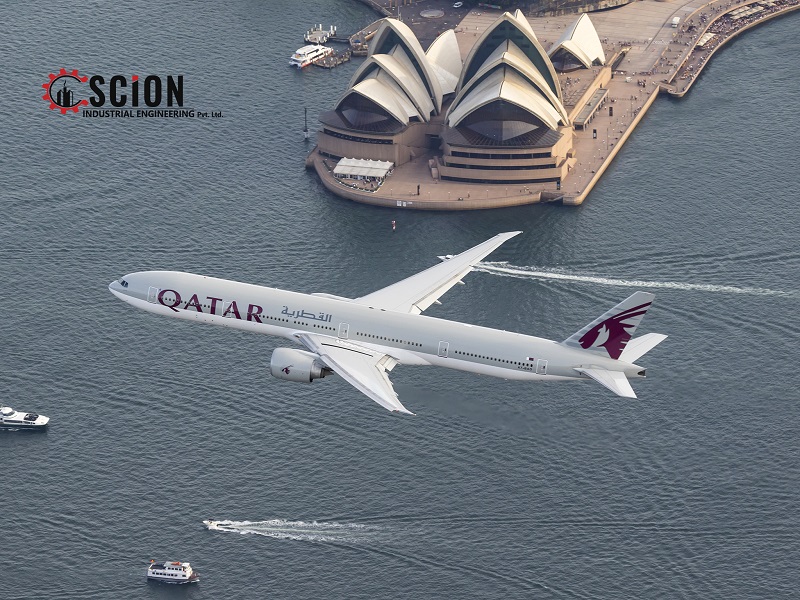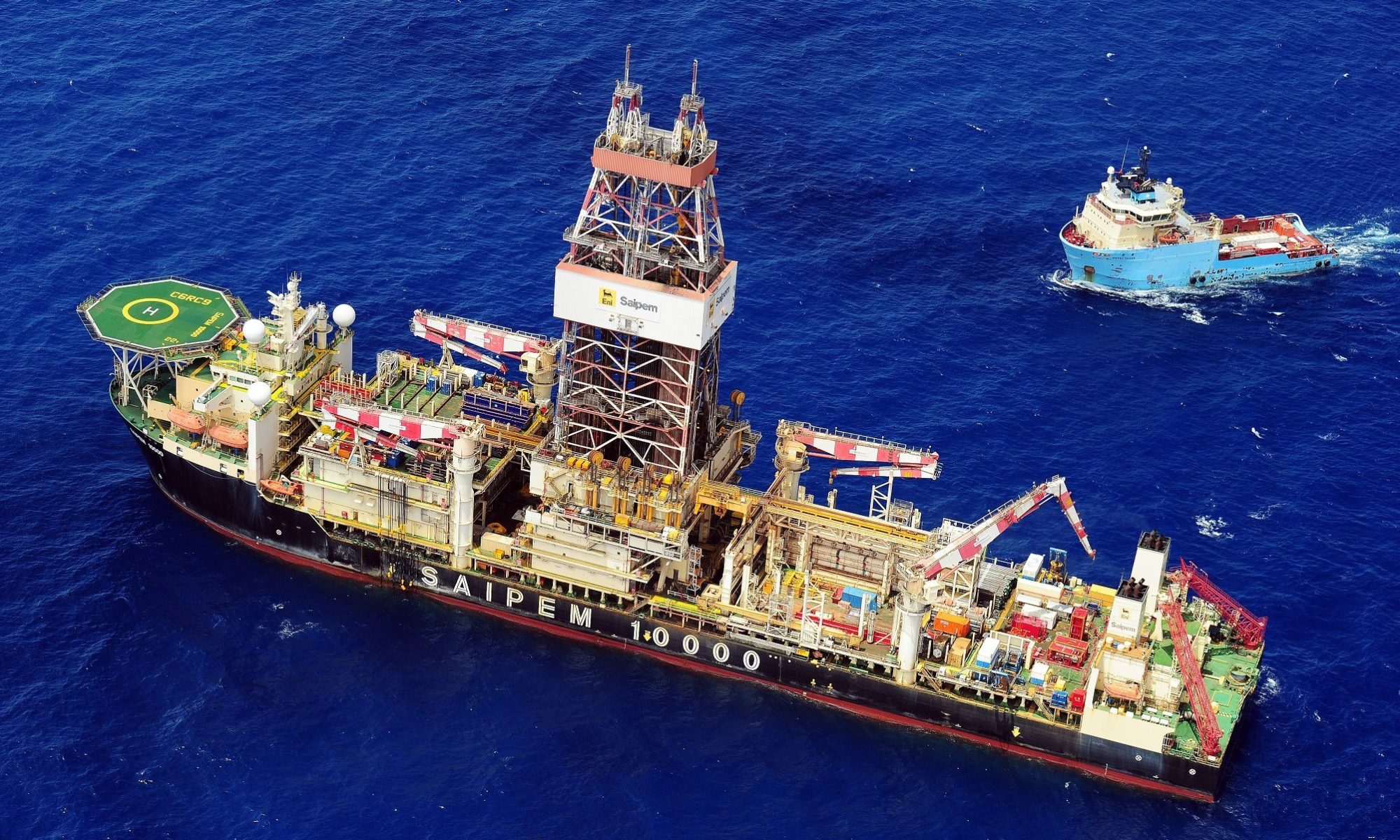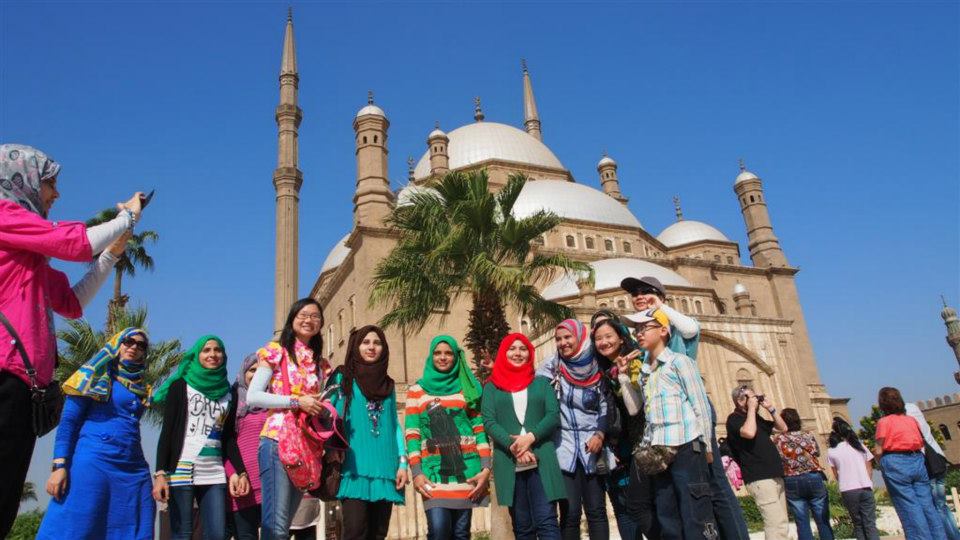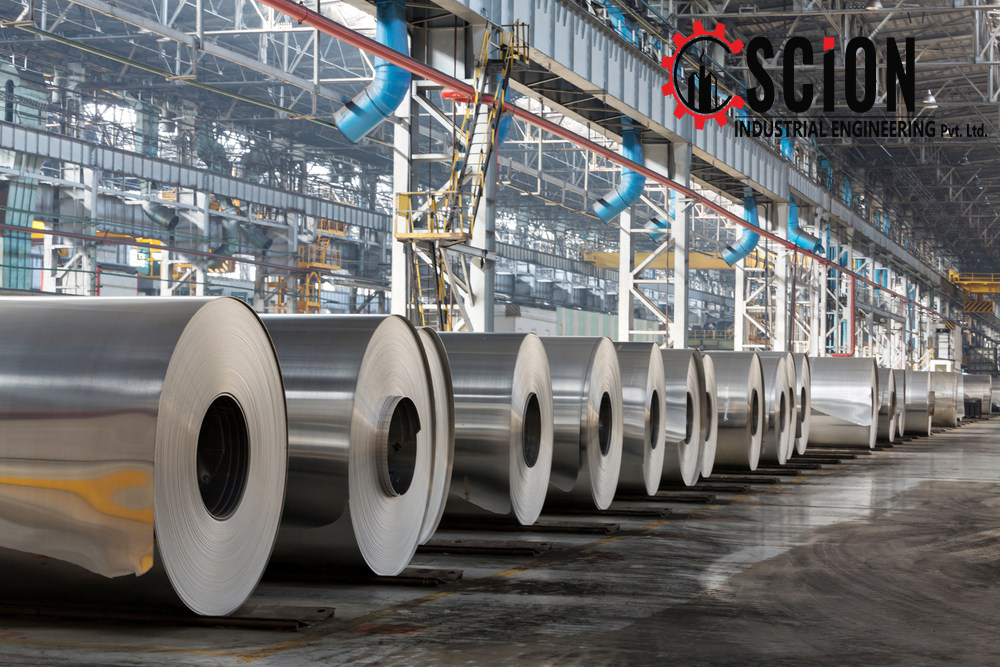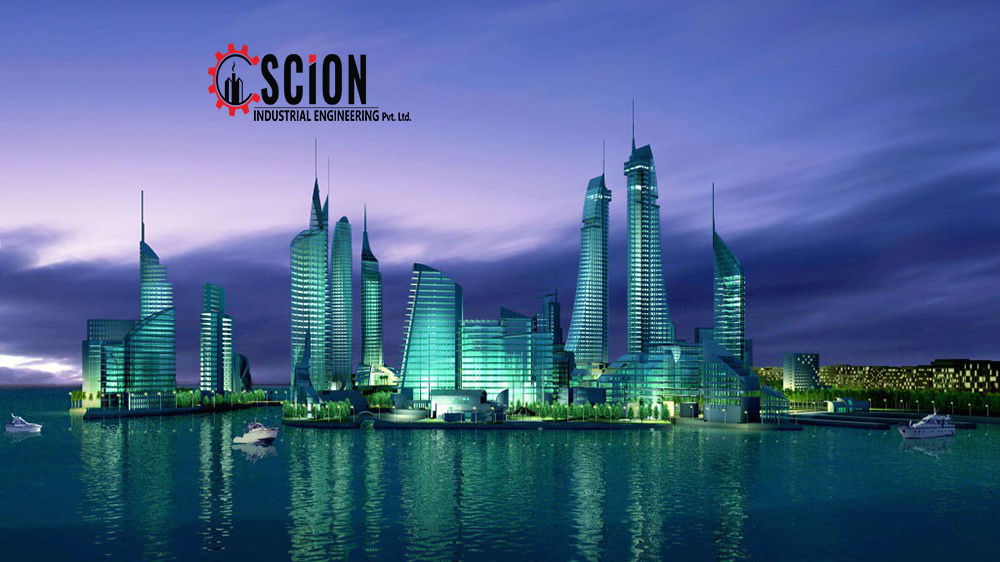The world’s five most valuable airline brands logged brand value growths of at least 11 percent, according to a report by Brand Finance, the world’s leading brand valuation consultancy.
Delta (brand value up 21 percent to $10.8 billion) retained its top position as the world’s most valuable airline brand for the sixth consecutive year. Here is a list of world’s valuable airlines:
5 most valuable airline brands
Delta Air Lines
Delta’s brand value soared up 21 percent to $10.8 billion. It retained its first place among the most valuable airlines brands in the rankings. Headquartered in Atlanta, Delta operates in significant hubs and key markets in Atlanta. It includes Bogota, Boston, Detroit, Lima, London-Heathrow, Los Angeles, Mexico City, Minneapolis-St. Paul, New York-JFK and LaGuardia, Paris-Charles de Gaulle, Salt Lake City, Santiago (Chile), Sao Paulo, Seattle, Seoul-Incheon and Tokyo.
Delta served more than 190 million customers in 2023 and was recognized as North America’s most on-time airline by Cirium. Delta operates more than 650 aircraft. The airline employs over 100,000 staff globally.
American Airlines
With brand value up 21 percent to $10.2 billion, American Airlines secured the second place in the list. American was founded more than 95 years ago. It has a deep-rooted history leading the industry through innovation and firsts, including hiring the first black U.S. commercial airline pilot, hiring the first female U.S. commercial airline pilot, launching the first loyalty program of any major carrier and becoming the first airline to introduce airport lounges.
American airlines, along with its American Eagle regional partners, offers thousands of flights daily to more than 350 destinations in more than 60 countries. The airline has hubs in Charlotte, Chicago, Dallas-Fort Worth, Los Angeles, Miami, New York, Philadelphia, Phoenix and Washington, D.C.
American continues to strive to achieve net zero emissions by 2050 by running a more fuel-efficient operation, with more fuel-efficient aircraft, powered by low-carbon fuel. In 2022, American became the first airline globally to receive validation from the Science Based Targets initiative (SBTi) that its 2035 GHG reduction target complies with the SBTi criteria.
United Airlines
United Airlines’s brand value surged 11 percent to $8.7 billion and it has ranked third in the list. It operates the most comprehensive global route network among North American carriers. It is one of the largest airlines in the world as measured by available seat miles. Its hubs are based in Chicago, Denver, Houston, Los Angeles, New York/Newark, San Francisco and Washington, D.C.
United is adding 800 new planes to its fleet, it said recently.
The airline is also planning to reduce its carbon footprint across its fleet. It is doing this through sustainable aviation fuel (SAF). It is an alternative to normal jet fuel that can help fly a plane with reduced lifecycle emissions.
Emirates
With its brand value increasing 30 percent to $6.6 billion, Emirates defended its title as world’s fourth most valuable airlines brand.
It remains the largest international airline as the industry recovers from the COVID‑19 pandemic, carrying 51.9 million passengers in 2023-24. The airline serves 149 airports in 78 countries from its hub in Dubai. 2023-24 was an outstanding year for the Emirates Group, as it reported its best financial results ever, surpassing last year with a new record profit of AED18.7 billion, and revenue increasing 15 percent to AED137.3 billion. Meanwhile, Emirates hit a new record profit of AED17.2 billion with revenue up 13 percent to AED121.2 billion. Airline capacity rose 20 percent to 57.7 billion ATKMs, recovering to near pre-pandemic levels, with a high seat load factor at 79.9 percent.
Southwest Airlines
Southwest Airlines’s brand value jumped 15 percent to $5.4 billion. It operates one of the world’s most admired and awarded airlines. It offers its one-of-a-kind value and hospitality at 121 airports across 11 countries. Southwest took flight in 1971 to democratize the sky. It did this through friendly, reliable, and low-cost air travel. As of now, it carries more air travelers flying nonstop within the United States than any other airline. The airline is headquartered in Dallas and is famous for an employee-first corporate culture. Southwest maintains an unprecedented record of no involuntary furloughs or layoffs in its history.
Southwest has a long history of returning value to its shareholders. Since 2010, Southwest has returned more than $13.5 billion to shareholders through share repurchases and dividends. The airline’s goal is to achieve net-zero carbon emissions by 2050 through fuel and operational efficiency initiatives. Also, through SAF, electrification of ground support equipment, and energy conservation.
Source:https://economymiddleeast.com/news/worlds-five-most-valuable-airline-brands/

